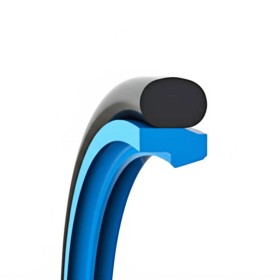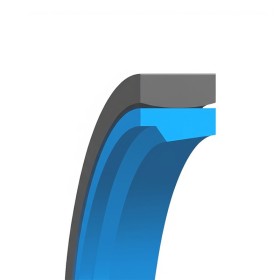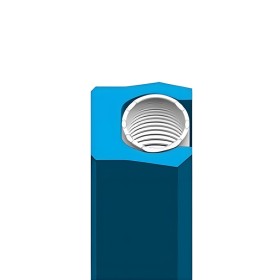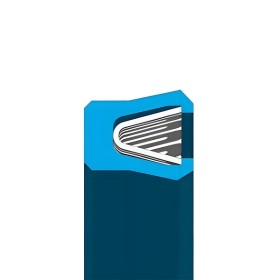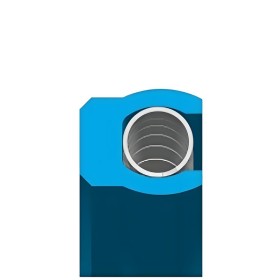Lng seals
Subcategories
LNG seals
LNG seals are engineered to perform in cryogenic conditions, commonly found in liquefied natural gas storage and transport. Made from PTFE, PCTFE, or cryogenic-grade elastomers, LNG seals maintain flexibility and sealing force at ultra-low temperatures. These seals are widely used in LNG pumps, valves, loading arms, and transfer lines. They resist thermal shock, pressure changes, and aggressive media, ensuring safe and leak-free operation in critical LNG systems.
There is 1 product.
LNG Seals
surfaces and creating a tight barrier to prevent gas or fluids from leaking. The spring also
provides resiliency to compensate for seal wear, gland misalignment, or eccentricity.
While spring force provides adequate force for sealing at low pressure, at high pressure
the system pressure augments the spring force to provide an even tighter seal.

